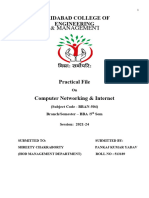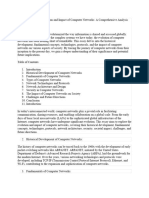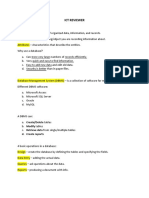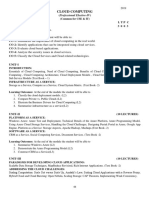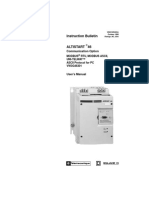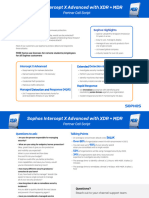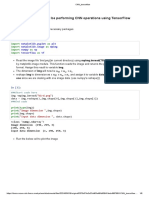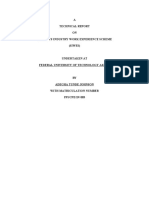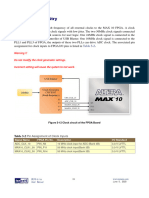0% found this document useful (0 votes)
32 views5 pagesDetailed Notes On Computer Networks
The document outlines the fundamental elements, uses, components, and protocols of computer networks, including nodes, servers, communication mediums, and data representation. It discusses various transmission modes, network criteria, physical structures, and categories of networks, as well as the OSI model for data communication. Overall, it emphasizes the importance of understanding these concepts for effective network security and performance optimization.
Uploaded by
Hency RajCopyright
© © All Rights Reserved
We take content rights seriously. If you suspect this is your content, claim it here.
Available Formats
Download as DOCX, PDF, TXT or read online on Scribd
0% found this document useful (0 votes)
32 views5 pagesDetailed Notes On Computer Networks
The document outlines the fundamental elements, uses, components, and protocols of computer networks, including nodes, servers, communication mediums, and data representation. It discusses various transmission modes, network criteria, physical structures, and categories of networks, as well as the OSI model for data communication. Overall, it emphasizes the importance of understanding these concepts for effective network security and performance optimization.
Uploaded by
Hency RajCopyright
© © All Rights Reserved
We take content rights seriously. If you suspect this is your content, claim it here.
Available Formats
Download as DOCX, PDF, TXT or read online on Scribd
/ 5


















